Home>Interior Design>What Color Is Taupe? How To Use This Color
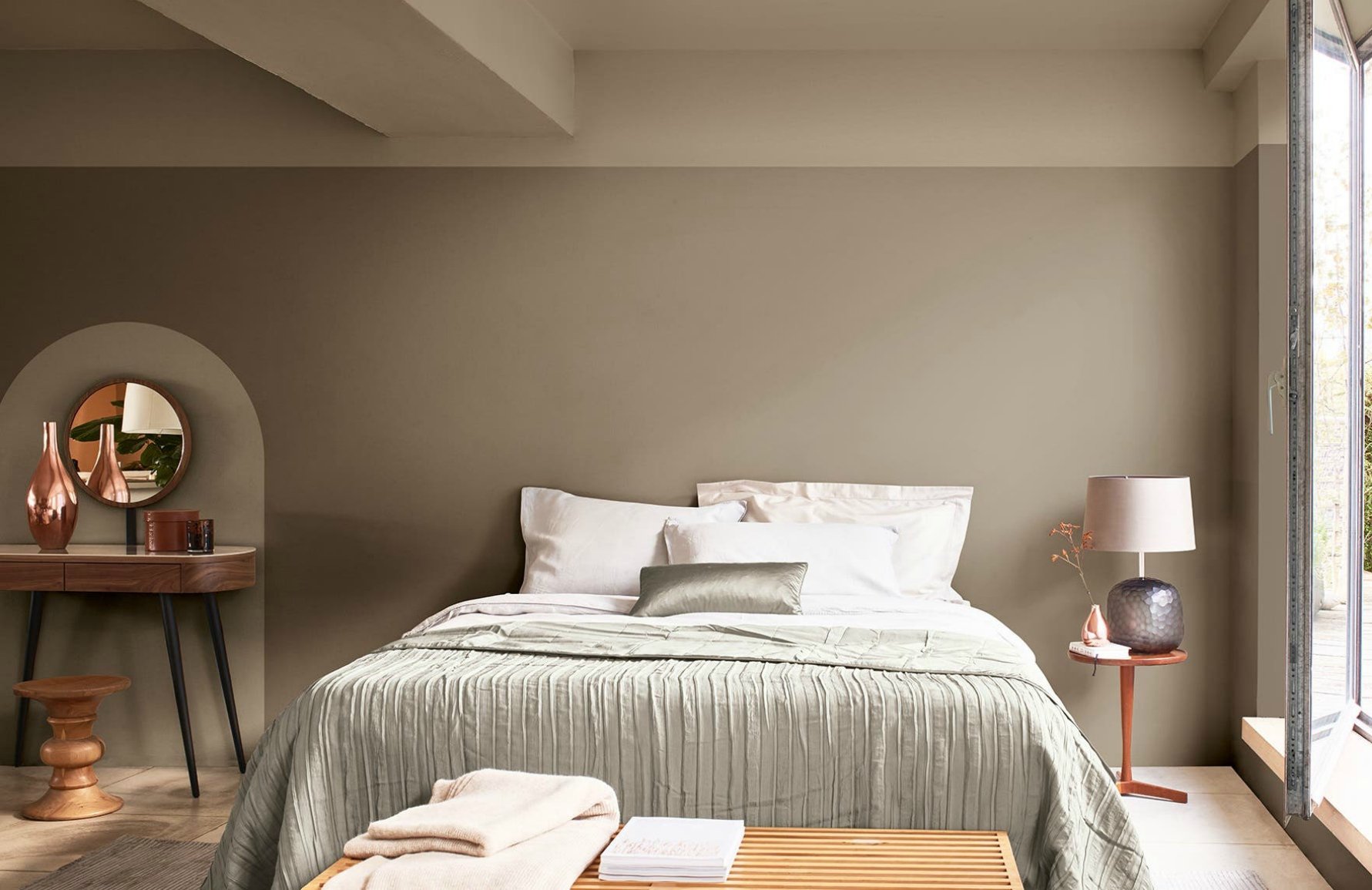

Interior Design
What Color Is Taupe? How To Use This Color
Modified: January 19, 2024
Discover the versatility of taupe in interior design. Uncover the secrets of this neutral color and learn how to incorporate it into your home decor.
(Many of the links in this article redirect to a specific reviewed product. Your purchase of these products through affiliate links helps to generate commission for Storables.com, at no extra cost. Learn more)
Introduction
Welcome to the world of interior design, where every color holds the power to transform a space. In this article, we will explore the versatility and allure of the color taupe. Taupe, often described as a grayish-brown or a warm shade of gray, has become increasingly popular in recent years.
While some may think of taupe as a dull or boring color, it is actually a sophisticated and elegant choice that can add depth and warmth to any room. From its understated appeal to its ability to serve as a neutral backdrop, taupe has a lot to offer in terms of interior design.
In this article, we will take a closer look at the color taupe, its various shades and undertones, and how it can be effectively used in different design scenarios. Whether you’re an aspiring interior designer or simply looking to update your home decor, understanding the power of taupe can help you create a stylish and inviting space.
Key Takeaways:
- Taupe, a versatile and sophisticated color, adds warmth and depth to interior spaces. Its neutrality allows for endless design possibilities, making it a timeless choice for creating stylish and inviting environments.
- In fashion, taupe serves as a neutral base for creating elegant and polished looks. Whether in clothing, accessories, or makeup, taupe offers versatility and sophistication, allowing for endless styling options.
Read more: What Color Curtains Go With Taupe Walls
Understanding the Color Taupe
Taupe is often described as a neutral color that falls somewhere between gray and brown. However, the exact shade and undertone of taupe can vary greatly, ranging from cool and grayish to warm and desaturated brown. This versatility makes taupe a popular choice in interior design, as it can easily complement a wide range of color palettes.
The word “taupe” originated from the French term “taupe,” which means mole. This name is fitting, as taupe can be reminiscent of the earthy tones found in nature, such as soil, clay, or tree bark. This natural connection gives taupe a sense of grounding and stability, making it an ideal choice for creating a cozy and inviting atmosphere in any space.
One of the key characteristics of taupe is its neutrality. Unlike vibrant or bold colors, taupe has a calming and understated quality that can create a sense of balance and harmony in a room. It can be seen as a more sophisticated alternative to beige, as it brings warmth and depth without feeling overly traditional or dated.
Another interesting aspect of taupe is its ability to change in different lighting conditions. Depending on the amount and quality of light in a room, taupe can appear richer or lighter. This chameleon-like quality allows taupe to adapt to its surroundings and create different moods, making it a versatile choice for any design scheme.
When choosing a specific shade of taupe, it’s important to consider the undertones. Some taupe shades have cool undertones, leaning towards gray, while others have warmer undertones, leaning towards brown. These undertones can greatly impact the overall aesthetic of a space and how taupe interacts with other colors.
In the next sections, we will explore the various ways in which taupe can be used in interior design, fashion, and graphic design. With its timeless appeal and versatile nature, taupe is a color worth exploring further to enhance your creative pursuits.
The Versatility of Taupe
Taupe is a color that offers endless possibilities when it comes to design and decor. Its versatile nature allows it to work well in a variety of styles, from modern and minimalistic to classic and rustic. Whether you’re aiming for a sleek and contemporary look or a warm and cozy atmosphere, taupe can effortlessly adapt to your vision.
One of the greatest advantages of taupe is its ability to function as a neutral backdrop. Unlike pure white or beige, which can sometimes appear stark or clinical, taupe adds warmth and depth to a space without overwhelming it. It serves as the perfect canvas for allowing other colors, patterns, and textures to shine.
In a modern and minimalist setting, taupe can provide a subtle and sophisticated base. It adds a touch of elegance and refinement while maintaining a sense of simplicity. Pairing taupe with sleek, clean lines and minimalistic furniture creates a contemporary atmosphere that feels calm and inviting.
On the other hand, in a more traditional or rustic space, taupe can bring in a cozy and earthy element. When combined with natural materials like wood, stone, and woven textures, taupe creates a warm and welcoming ambiance. It seamlessly blends with the natural surroundings, evoking a sense of tranquility and harmony.
Furthermore, taupe works well with a wide range of colors, making it easy to incorporate into any color palette. It can be combined with cool hues like blues and greens to create a serene and relaxing environment. Alternatively, pairing taupe with warm tones like oranges, yellows, and reds adds vibrancy and energy to a space.
Accentuating the versatility of taupe is its ability to adapt to different room types. Whether you’re designing a bedroom, living room, kitchen, or office space, taupe can be your go-to color choice. Its neutrality and versatility make it suitable for any room, allowing you to create a cohesive and harmonious look throughout your home or workspace.
From walls and furniture to accessories and textiles, taupe can be utilized in various elements of design. It can be applied as a paint color, incorporated into fabrics and upholstery, or even used as a base color for patterned wallpapers. The possibilities are endless, and the versatility of taupe ensures that your design visions can come to life.
Now that we have explored the versatility of taupe, let’s delve into how it can be effectively used in interior design, further highlighting its potential to transform any space.
Using Taupe in Interior Design
Taupe is a color that can significantly elevate the aesthetics and ambiance of any interior space. Its versatility and understated charm make it a popular choice for designers and homeowners alike. Let’s explore some of the ways in which taupe can be effectively used in interior design to create stunning and inviting environments.
One of the most common ways to incorporate taupe into interior design is through wall colors. Taupe walls serve as a neutral backdrop that can effortlessly blend with a variety of furniture styles and color schemes. Whether you prefer a light, airy taupe or a deep, rich taupe, the color adds warmth and sophistication to any room.
In spaces with ample natural light, lighter shades of taupe on the walls can create a bright and airy feel. This is particularly effective in smaller rooms or areas where you want to maximize the sense of space. Light taupe walls paired with crisp white trim and furniture create a fresh and timeless look.
On the other hand, darker shades of taupe on the walls can create a more intimate and cozy atmosphere. This is ideal for larger rooms or areas where you want to create a sense of intimacy, such as a bedroom or a cozy reading nook. Dark taupe walls paired with warm lighting and plush furnishings create a luxurious and inviting space.
Taupe can also be incorporated into furniture and decor elements to add depth and texture to a room. Upholstered furniture, such as sofas or armchairs, in taupe tones creates a versatile and timeless look. The neutrality of taupe allows you to easily switch up other elements of your decor, such as pillows, throws, and accessories, without clashing with your furniture.
When it comes to flooring, taupe-colored carpets, tiles, or hardwood floors can be an excellent choice. Neutral-toned flooring in taupe shades provides a subtle and elegant base, allowing you to experiment with bolder colors and patterns in your furniture, walls, and accessories. It also helps create a cohesive and balanced look throughout your space.
Another creative way to incorporate taupe is through the use of textiles and fabrics. From curtains and drapes to rugs and bedding, taupe textiles add a touch of sophistication and warmth. Patterns or textures in taupe shades can bring visual interest and dimension to your space, while solid taupe textiles can create a serene and harmonious atmosphere.
For those looking to make a statement, taupe can be paired with bold accent colors. Whether it’s vibrant jewel tones, earthy greens, or pops of bright yellows or blues, taupe serves as a grounding and complimentary base for these lively hues. Consider using taupe as a backdrop and then incorporating the accent colors through artwork, throw pillows, or other decorative elements.
Ultimately, the key to using taupe effectively in interior design is to experiment and find the right balance. Whether you choose to go for a monochromatic taupe color scheme or play with contrasting colors, taupe provides a versatile and timeless option that can suit any design aesthetic.
Now that we have explored the use of taupe in interior design, let’s delve into how taupe can be incorporated into fashion and accessories for a stylish and cohesive look.
Incorporating Taupe in Fashion and Accessories
Taupe is not only a popular color in interior design but also a versatile choice in the world of fashion and accessories. Its neutral and timeless appeal makes it a go-to color for creating elegant and sophisticated looks. Whether you’re dressing up for a special occasion or putting together a casual chic ensemble, here are some ways to incorporate taupe into your fashion choices.
One of the easiest and most popular ways to incorporate taupe into your wardrobe is through clothing. Taupe clothing items, such as dresses, tops, or trousers, can serve as versatile staples that can be paired with a wide range of other colors and patterns. Taupe acts as a neutral base, allowing you to experiment with various accessories and styling options.
If you’re looking for a classic and polished look, a taupe blazer or trench coat can be a stylish addition to your wardrobe. This versatile outerwear piece can be dressed up or down, and it pairs well with everything from jeans to dresses. Whether you opt for a tailored or oversized silhouette, a taupe blazer adds a touch of sophistication to any outfit.
In accessories, taupe can be a subtle and elegant choice. Handbags, shoes, and belts in taupe shades create a polished and cohesive look. Taupe accessories serve as neutral accents that complement a variety of outfits, allowing other elements of your ensemble, such as clothing or jewelry, to take the spotlight.
For jewelry, opting for neutral-toned pieces like taupe pearls or gemstones can add a touch of sophistication and subtlety to your look. Taupe earrings, bracelets, or necklaces can effortlessly complement a wide range of outfits and styles. They can be paired with both casual and formal ensembles, adding a touch of elegance and refinement.
Taupe scarves and shawls are another fashionable way to incorporate this versatile color into your wardrobe. They can be draped over coats, dresses, or tops to add warmth and style to your outfit. Whether you choose a solid taupe piece or opt for a pattern that incorporates taupe, these accessories provide endless possibilities for creating chic and cozy looks.
When it comes to makeup, taupe shades are often used in eyeshadows and lipsticks to create subtle and natural looks. Taupe eyeshadows can be used as a base color or blended with other shades to create depth and dimension. Taupe lipsticks, with their muted and sophisticated tones, add a touch of elegance to any makeup look.
Remember, the beauty of taupe lies in its versatility. It can be easily incorporated into different fashion styles and preferences, whether you prefer a monochromatic look or enjoy experimenting with contrasting colors. The key is to use taupe as a neutral base and build your outfit around it, allowing other elements to enhance and elevate your overall look.
Now that we have explored the incorporation of taupe in fashion and accessories, let’s dive into how taupe can be used in graphic design and branding to create a cohesive and visually appealing identity.
Taupe is a warm, neutral color with hints of brown and gray. It pairs well with other neutrals like white, black, and cream. Use it as a wall color for a calming, sophisticated look, or incorporate it into your wardrobe for a versatile, timeless style.
Read more: What Colors Are Used For Construction Signs
Taupe as a Neutral Wall Color
When it comes to choosing a wall color for your space, taupe offers a beautiful and versatile option as a neutral backdrop. Taupe walls can serve as the perfect canvas for creating a cohesive and harmonious look in any room. Whether you’re aiming for a modern, traditional, or eclectic style, taupe as a neutral wall color can be both elegant and timeless.
One of the advantages of using taupe as a wall color is its ability to create a warm and inviting atmosphere. Taupe has a natural earthy undertone that brings a sense of grounding and tranquility to a space. It can evoke a cozy and intimate ambiance, making it particularly well-suited for bedrooms, living rooms, or areas where you want to foster relaxation and comfort.
Lighter shades of taupe on the walls can help create an airy and open feel in a room. It can make a space appear larger, particularly in conjunction with ample natural light. Light taupe walls can brighten up a room without the starkness of pure white, giving it a soft and serene ambiance.
On the other hand, darker shades of taupe on the walls can bring a sense of depth and richness to a room. Dark taupe can add warmth and sophistication, creating a cozy and intimate environment. This is particularly effective in larger spaces or areas where you want to create a more intimate and inviting atmosphere, such as a dining room or study.
When using taupe as a wall color, it’s important to consider the other elements in the room and how they will complement or contrast with the wall color. Taupe walls provide a versatile backdrop that can work well with a variety of furniture styles and color palettes. It pairs beautifully with both warm and cool tones, allowing you to play with different color combinations.
If you prefer a monochromatic look, you can complement taupe walls with furniture, textiles, and accessories in varying shades of taupe. This creates a sophisticated and cohesive aesthetic. By incorporating different textures and patterns, you can add visual interest and depth to the overall design.
If you prefer a more contrasting look, taupe walls can serve as a neutral backdrop for bolder elements. Pairing taupe walls with pops of vibrant colors, such as deep blues, rich greens, or fiery oranges, creates a striking and visually dynamic effect. It allows the accent colors to stand out, while taupe provides a grounding and balanced base.
Moreover, taupe walls can be used to showcase artwork or decorative pieces. The neutral color acts as a frame, allowing the vibrant colors and textures of the artwork to take center stage. It creates a sophisticated and gallery-like atmosphere, drawing attention to the curated pieces on display.
Whether you choose light or dark shades, taupe as a neutral wall color offers versatility, elegance, and a timeless appeal. It creates a calm and welcoming environment, allowing you to infuse your personal style and creativity into the overall design. With taupe walls, you have the foundation to build a space that reflects your unique personality and aesthetic preferences.
Now that we’ve explored taupe as a neutral wall color, let’s move on to combining taupe with other colors to create beautiful and harmonious design schemes.
Combining Taupe with Other Colors
Taupe, with its versatile and neutral nature, can be easily combined with a wide range of colors to create beautiful and harmonious design schemes. Whether you prefer subdued and monochromatic looks or vibrant and contrasting palettes, taupe serves as a versatile base that can enhance the overall aesthetic of any space. Let’s explore some color combinations that work well with taupe.
One classic and timeless combination is taupe paired with shades of white and cream. This creates a light and airy feel, perfect for creating a serene and elegant atmosphere. The combination of taupe and white or cream evokes a sense of sophistication and tranquility, making it ideal for bedrooms, bathrooms, or any space where you want to foster relaxation.
If you’re looking to add warmth to your design, consider combining taupe with shades of brown, such as chocolate or caramel. This earthy combination creates a cozy and inviting atmosphere, reminiscent of natural elements like wood or leather. It can be particularly effective in living rooms, dining rooms, or areas where you want to create a sense of comfort and warmth.
Taupe can also be paired with shades of gray to create a modern and minimalist look. The combination of these cool neutral tones adds a sleek and sophisticated touch to any space. It provides a clean and contemporary aesthetic, perfect for those who appreciate simplicity and understated elegance.
If you’re looking to introduce some color and vibrancy into your design, taupe can be paired with jewel tones like sapphire blue, emerald green, or amethyst purple. This combination creates a striking and visually dynamic contrast that adds depth and drama to a room. The rich jewel tones stand out against the neutral taupe, creating a luxurious and opulent look.
Incorporating taupe with pastel shades, such as blush pink, pale mint, or soft lavender, creates a soft and romantic ambiance. This combination exudes a delicate and feminine vibe, perfect for bedrooms or spaces where you want to create a serene and dreamy atmosphere. The taupe serves as a grounding and sophisticated base, while the pastel shades add a touch of sweetness and whimsy.
For a cheerful and energetic design, consider pairing taupe with bright and bold colors, such as sunny yellow, fiery orange, or vibrant red. The contrast of the playful hues against the neutral taupe creates a lively and vibrant look, injecting energy and excitement into a space. This combination is perfect for areas where you want to create a sense of vibrancy and positivity, such as a home office or playroom.
When combining taupe with other colors, it’s essential to consider the proportions and balance. Use taupe as a neutral base color and then introduce other colors as accents or focal points. Take into account the lighting conditions in the space, as different lighting can affect how colors appear together. Experiment with different combinations and trust your instincts to find the perfect balance that resonates with your personal style and vision.
Now that we’ve explored different color combinations with taupe, let’s move on to how taupe can be used in graphic design and branding to create a cohesive visual identity.
Taupe in Graphic Design and Branding
In the world of graphic design and branding, color plays a crucial role in creating a visual identity and establishing brand recognition. Taupe, with its neutral and sophisticated characteristics, can be an excellent choice to convey a sense of elegance, professionalism, and versatility. Let’s explore how taupe can be effectively used in graphic design and branding.
One of the main advantages of incorporating taupe into graphic design is its ability to serve as a neutral background color. Taupe can create a sense of calmness and balance, allowing other elements to stand out. Whether it’s typography, images, or other design elements, taupe can provide a subtle and elegant backdrop that enhances the overall composition.
Taupe can also be used as a primary or secondary color in a brand’s color palette. Its versatility allows it to work well with various industries and design styles. From corporate brands to lifestyle or fashion brands, taupe can convey a sense of sophistication and timelessness.
When combined with other colors, taupe can create a cohesive and visually appealing visual identity. For example, pairing taupe with shades of blue can evoke a sense of trust, reliability, and professionalism. This combination is often used by financial institutions and technology companies to convey stability and credibility.
For brands looking to create a more vibrant and playful aesthetic, taupe can be paired with vibrant accent colors. The neutral and muted nature of taupe allows the accent colors to pop and capture attention. This combination can be applied to brands in the creative, entertainment, or lifestyle industries, where a sense of energy and excitement is desired.
In graphic design, taupe can be used in various elements such as logo design, stationery, website design, and packaging. A taupe logo can create a refined and sophisticated impression while remaining timeless. Stationery and website designs with taupe accents can convey professionalism and elegance, making a lasting impression on clients and customers.
Taupe can also be utilized in packaging design to create a sense of luxury and sophistication. Whether it’s for cosmetics, fashion, or consumer products, taupe packaging can convey a sense of understated elegance and quality. It can be complemented with metallic accents or bold typography to create a visually striking and memorable package.
When using taupe in graphic design and branding, it’s essential to consider the specific target audience and the desired brand personality. Understanding the psychology and associations of colors can help create a stronger connection between the brand and its intended audience.
Additionally, the use of texture and gradients in taupe designs can add depth and visual interest. By incorporating subtle textures or gradients, taupe designs can have a tactile and inviting quality, enhancing the user’s experience and engagement.
By strategically utilizing taupe in graphic design and branding, businesses can create a visually compelling and cohesive visual identity. Taupe’s neutrality, versatility, and timeless appeal make it an excellent choice for brands looking to convey sophistication, professionalism, and style.
Now that we have explored the use of taupe in graphic design and branding, let’s conclude our discussion on the power of taupe and its impact on various creative fields.
Conclusion
Taupe, with its understated elegance and versatility, has proven itself to be a powerful color in the world of interior design, fashion, graphic design, and branding. Its neutral and timeless appeal allows it to effortlessly blend with various styles and color palettes, making it a go-to choice for designers and homeowners alike.
In interior design, taupe serves as a neutral backdrop that can create a sense of balance, harmony, and warmth in any space. Whether used on walls, furniture, or accessories, taupe adds depth and sophistication, allowing other elements to shine. It can be combined with a range of colors, from cool tones to bold accents, to create unique and visually appealing design schemes.
In the world of fashion and accessories, taupe provides a versatile and elegant option. From clothing to handbags and jewelry, taupe adds sophistication and subtlety. It serves as a neutral base that can be paired with a variety of colors and styles, allowing you to create countless fashionable combinations.
In graphic design and branding, taupe plays a vital role in creating visual identities that convey a sense of professionalism, elegance, and versatility. Whether used as a neutral background or as a primary or secondary color in a brand’s palette, taupe adds a timeless and sophisticated touch to logos, stationery, websites, and packaging design.
With its ability to adapt to different design scenarios and its enduring appeal, taupe is a color worth considering for anyone seeking to create a stylish and inviting environment. Its versatility allows you to blend it with various colors and styles, making it suitable for both classic and contemporary spaces.
By understanding the nuances of taupe and its interaction with other colors, you can unleash your creativity and create stunning and cohesive designs across a range of creative fields. Whether you’re an interior designer, fashion enthusiast, graphic designer, or business owner, integrating taupe into your creative endeavors can elevate your work and captivate your audience.
So, embrace the elegance and versatility of taupe and unleash its potential to transform spaces, fashion, graphics, and brands. Let taupe be the canvas upon which your creativity thrives, and watch as it adds depth, sophistication, and timeless appeal to your creative pursuits.
Frequently Asked Questions about What Color Is Taupe? How To Use This Color
Was this page helpful?
At Storables.com, we guarantee accurate and reliable information. Our content, validated by Expert Board Contributors, is crafted following stringent Editorial Policies. We're committed to providing you with well-researched, expert-backed insights for all your informational needs.
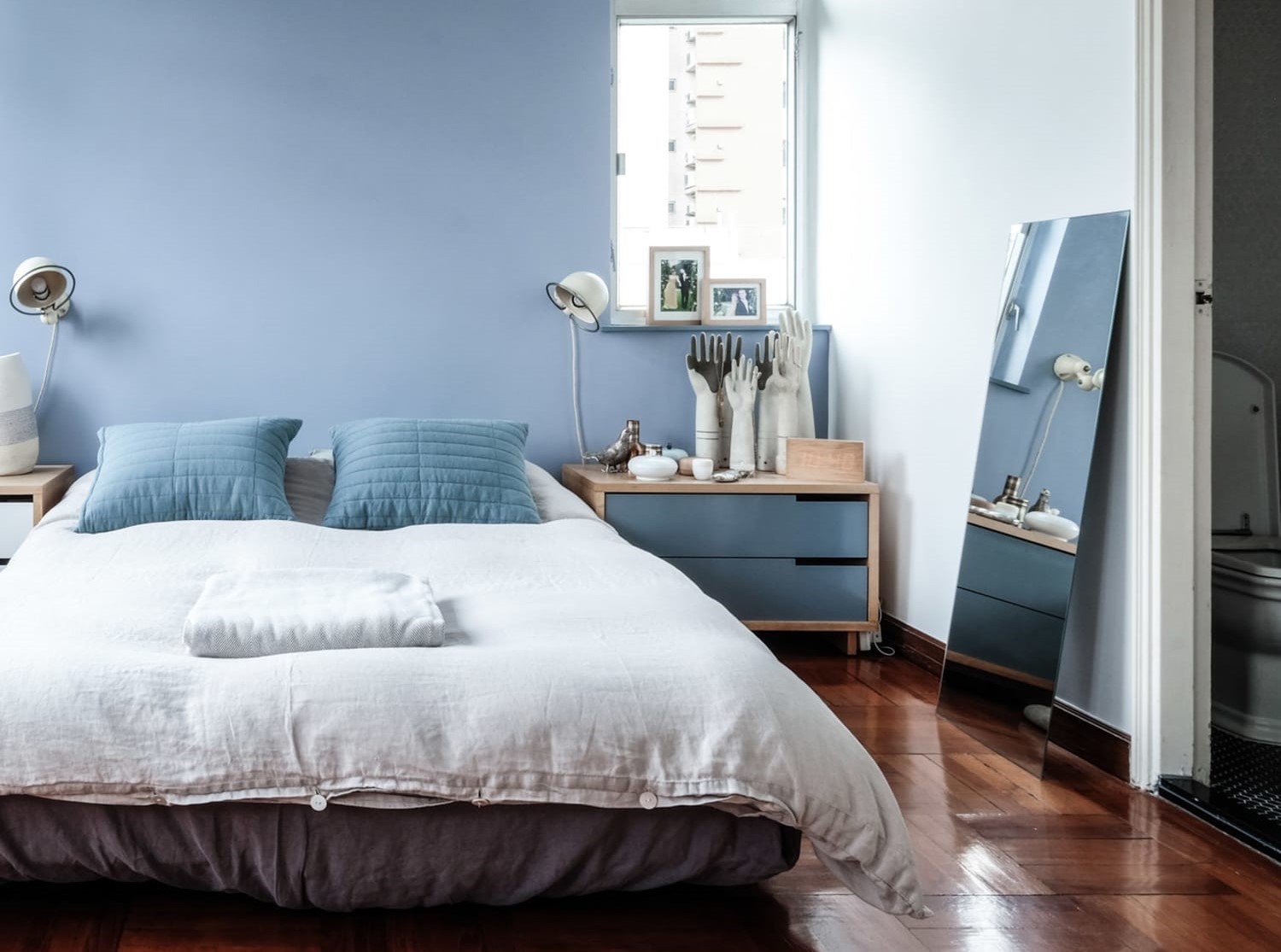
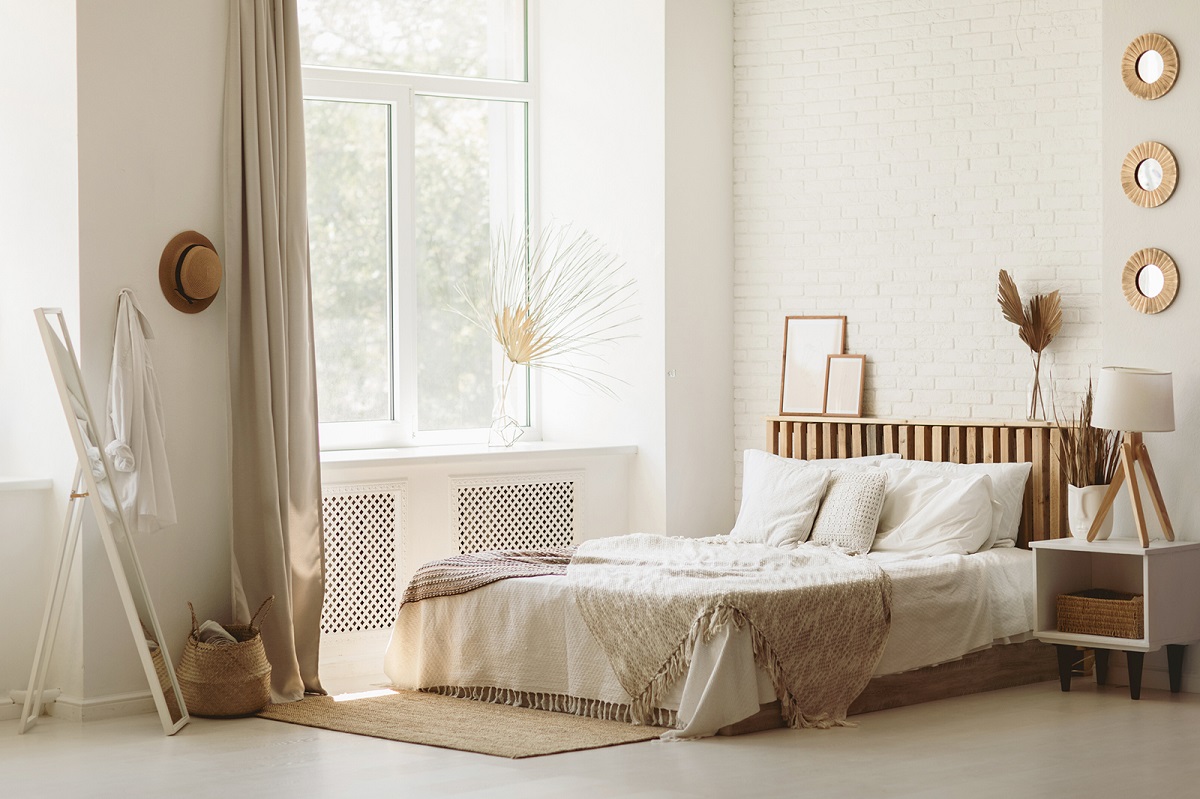
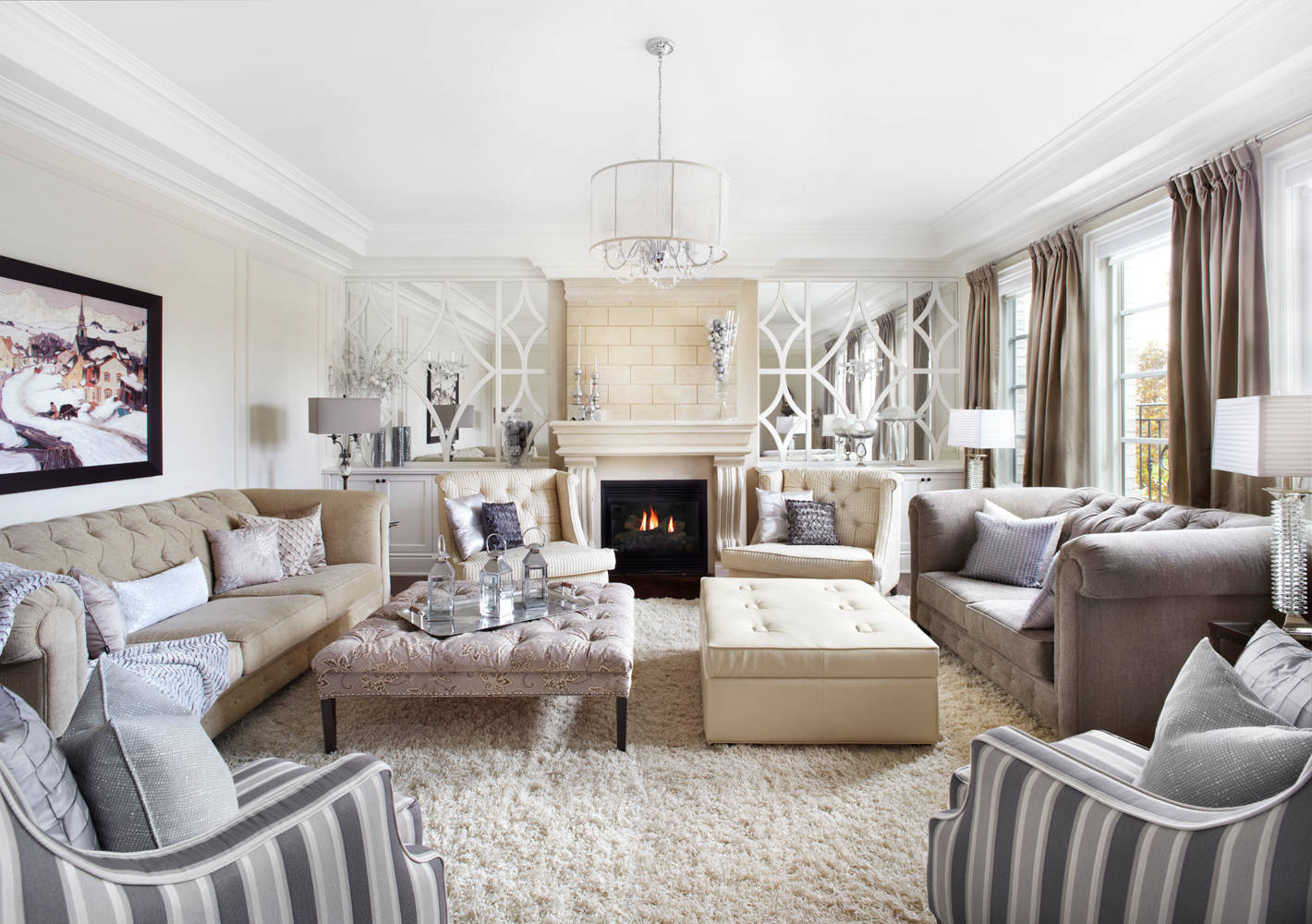
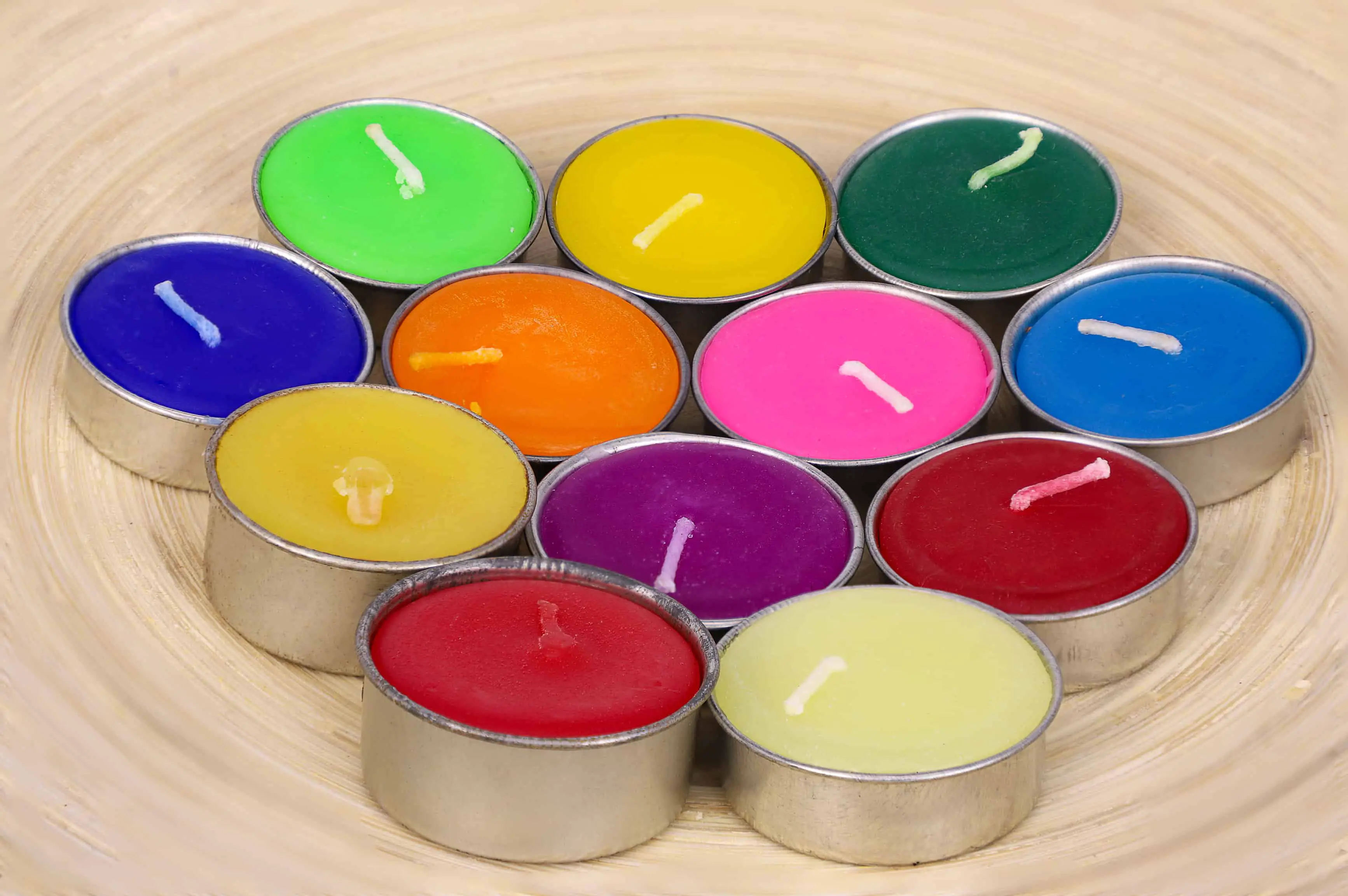
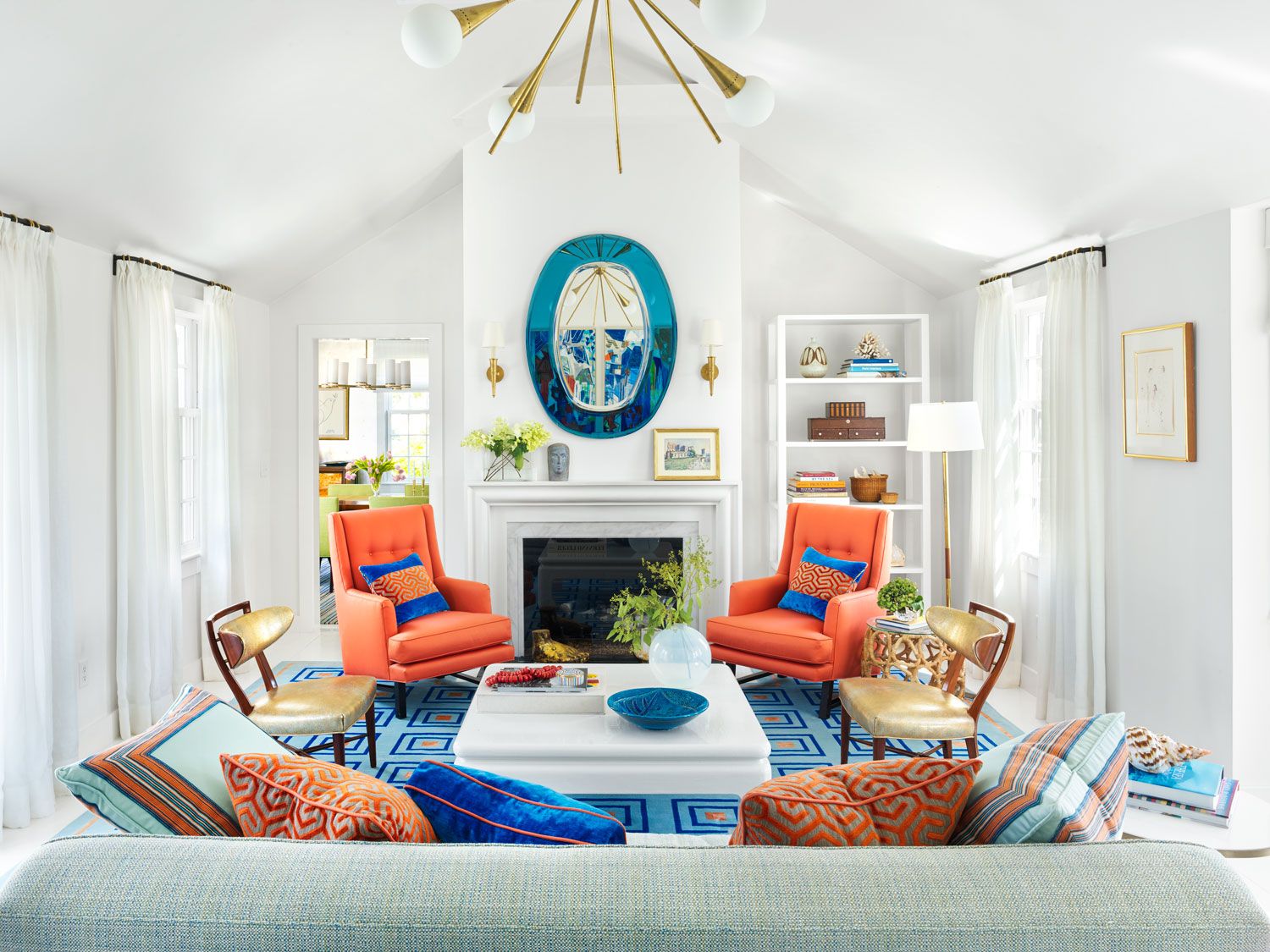
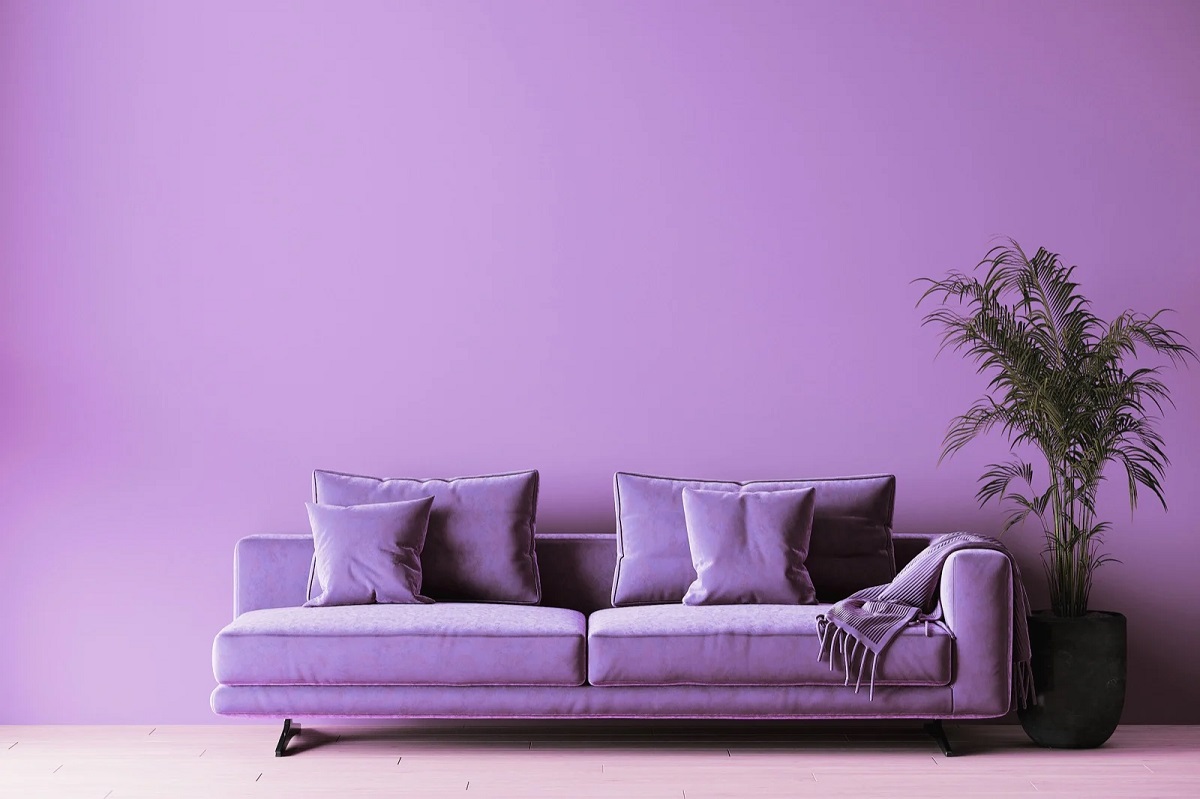
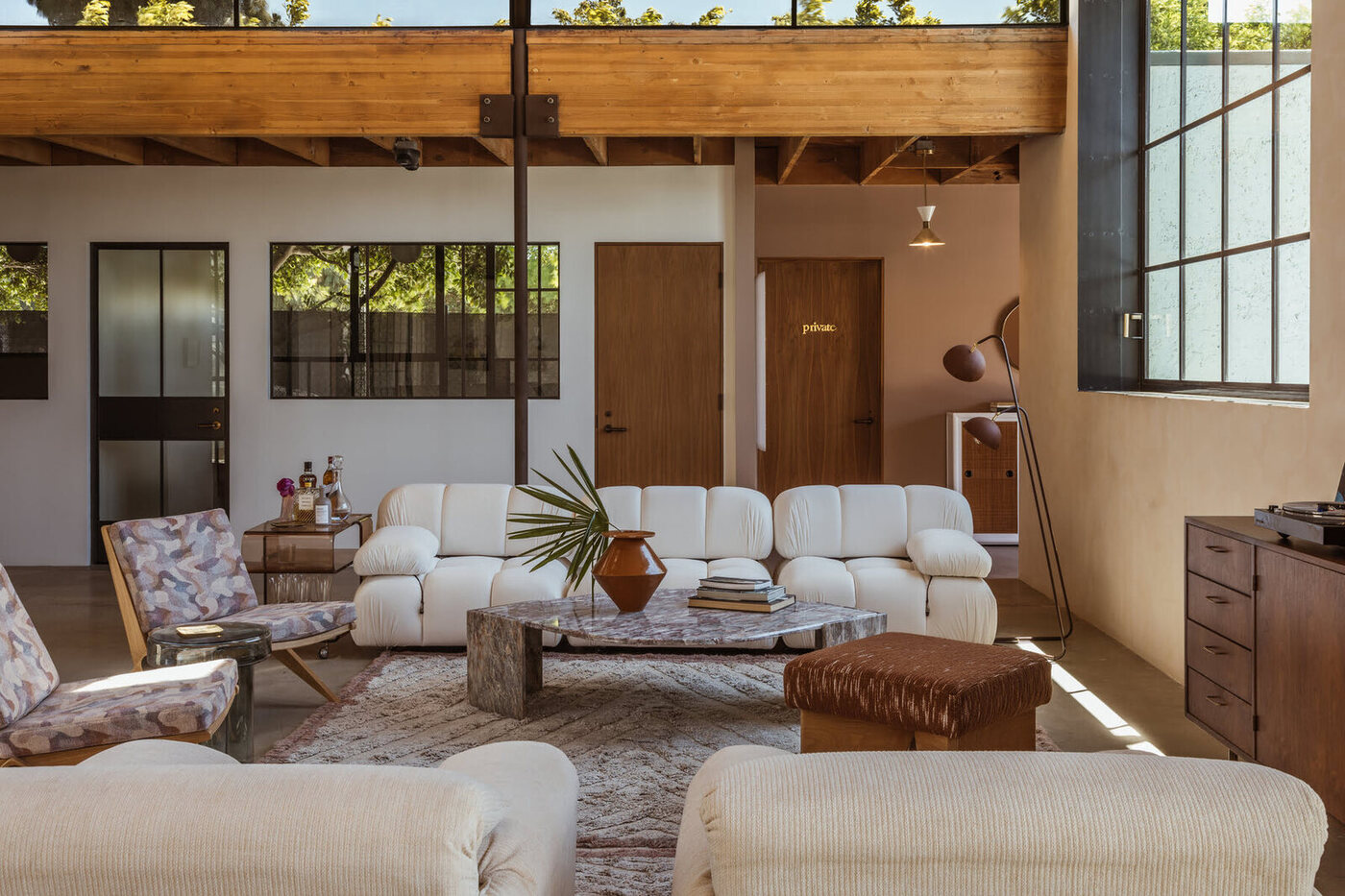
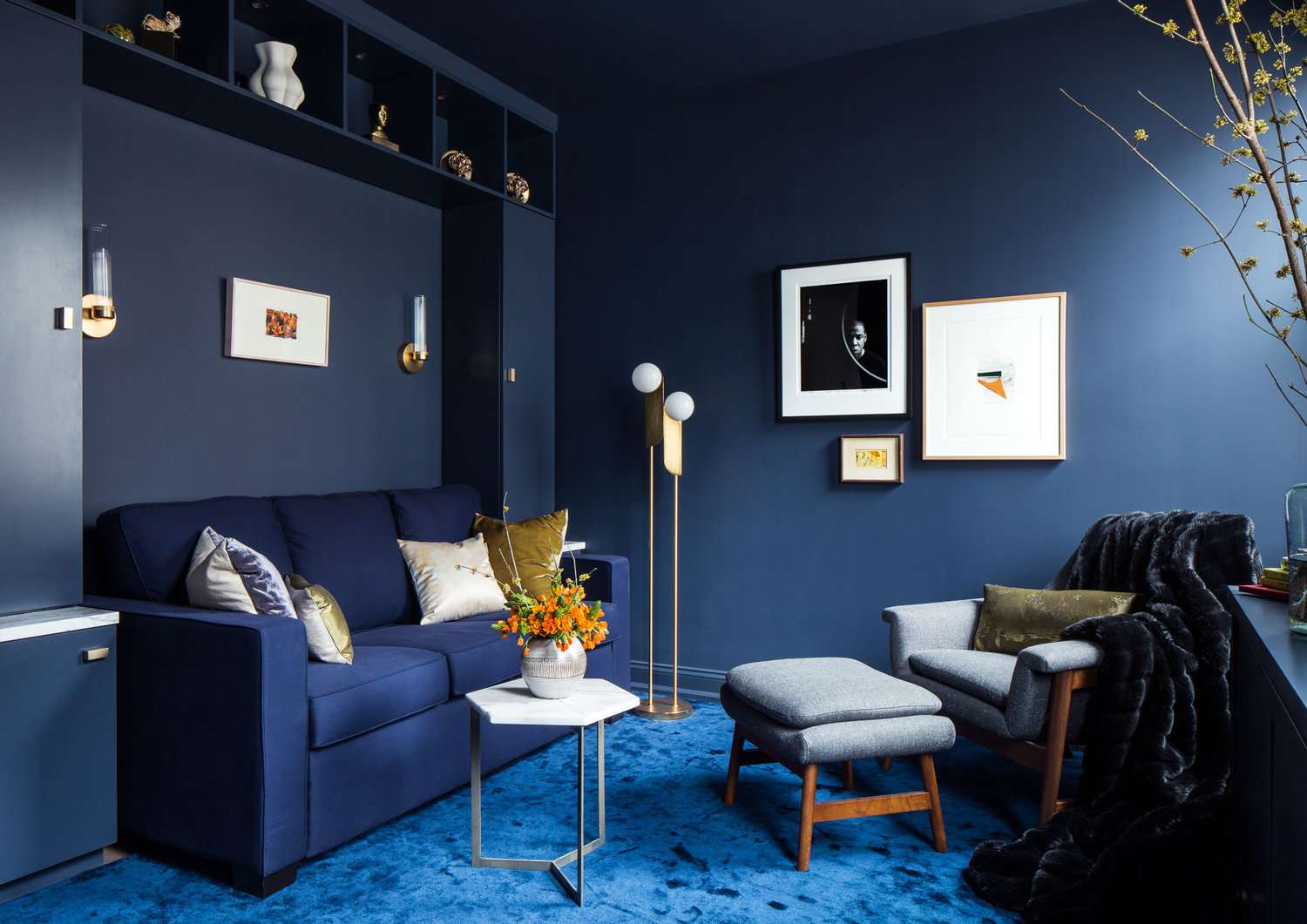
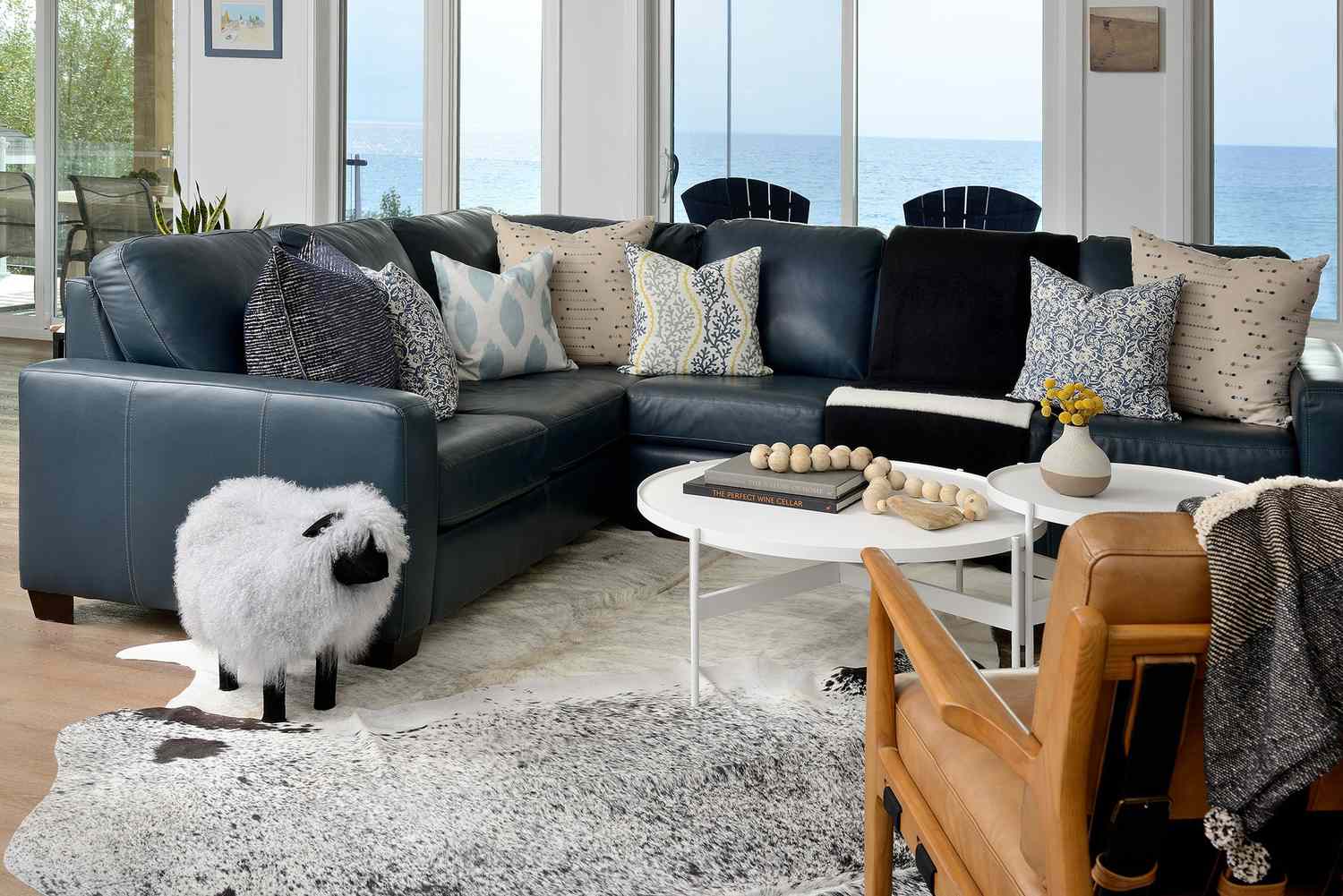
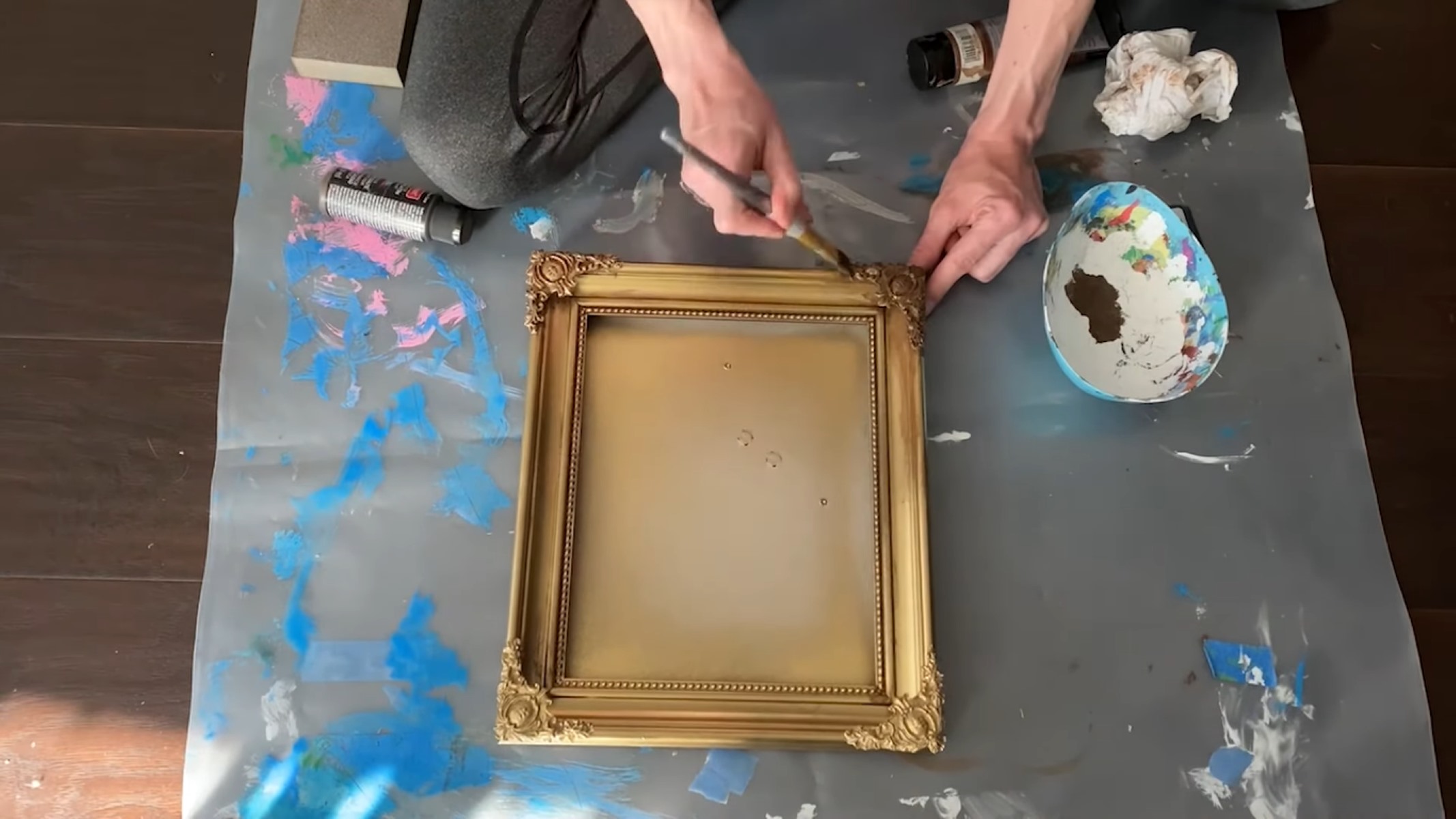
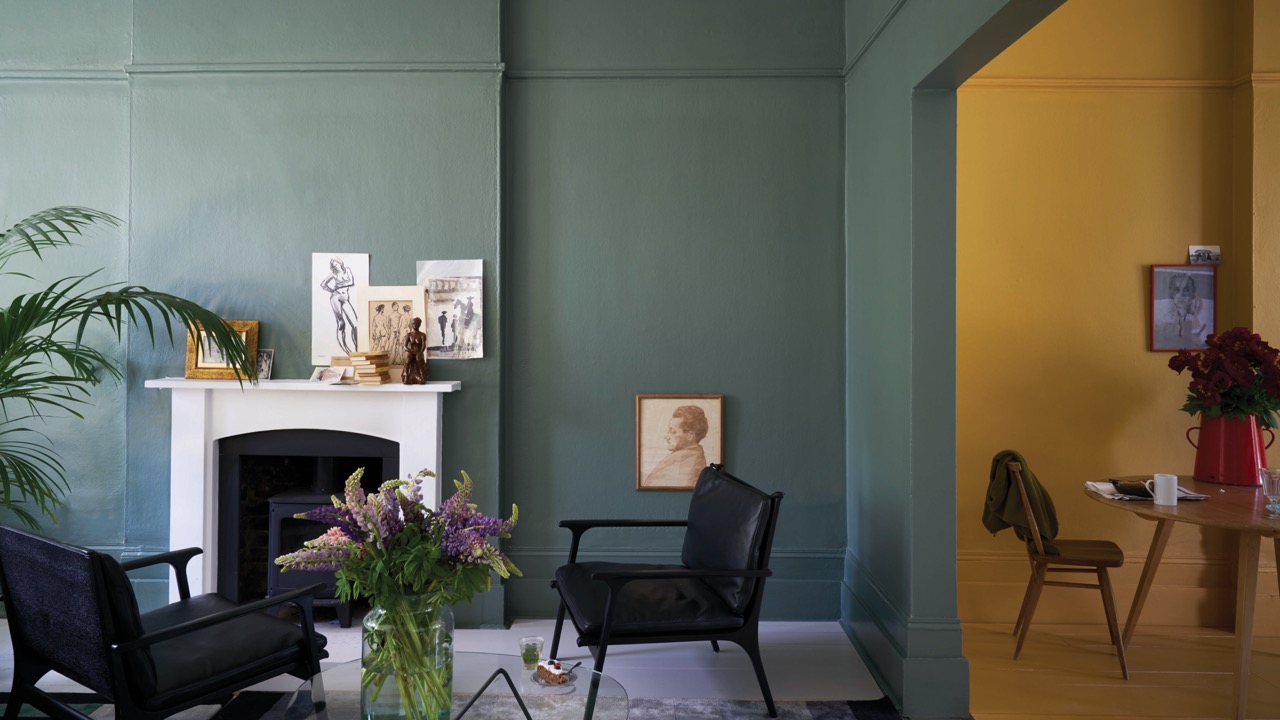

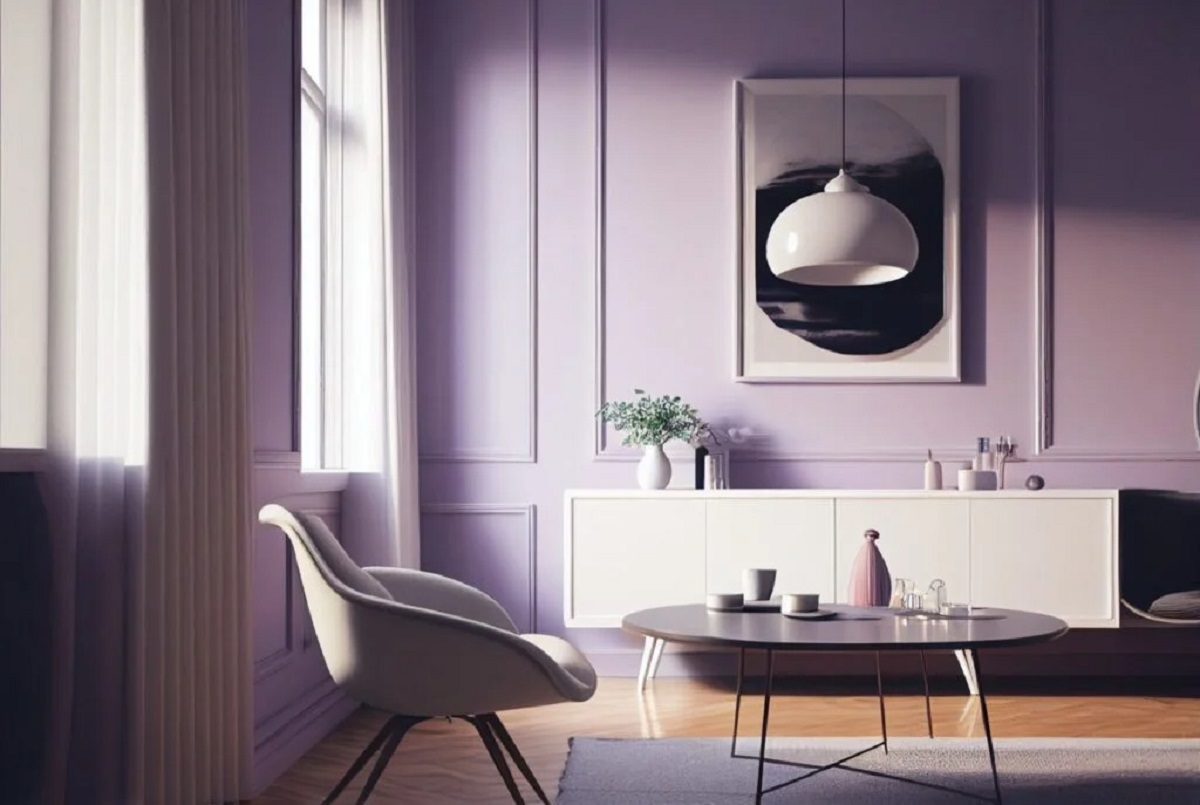
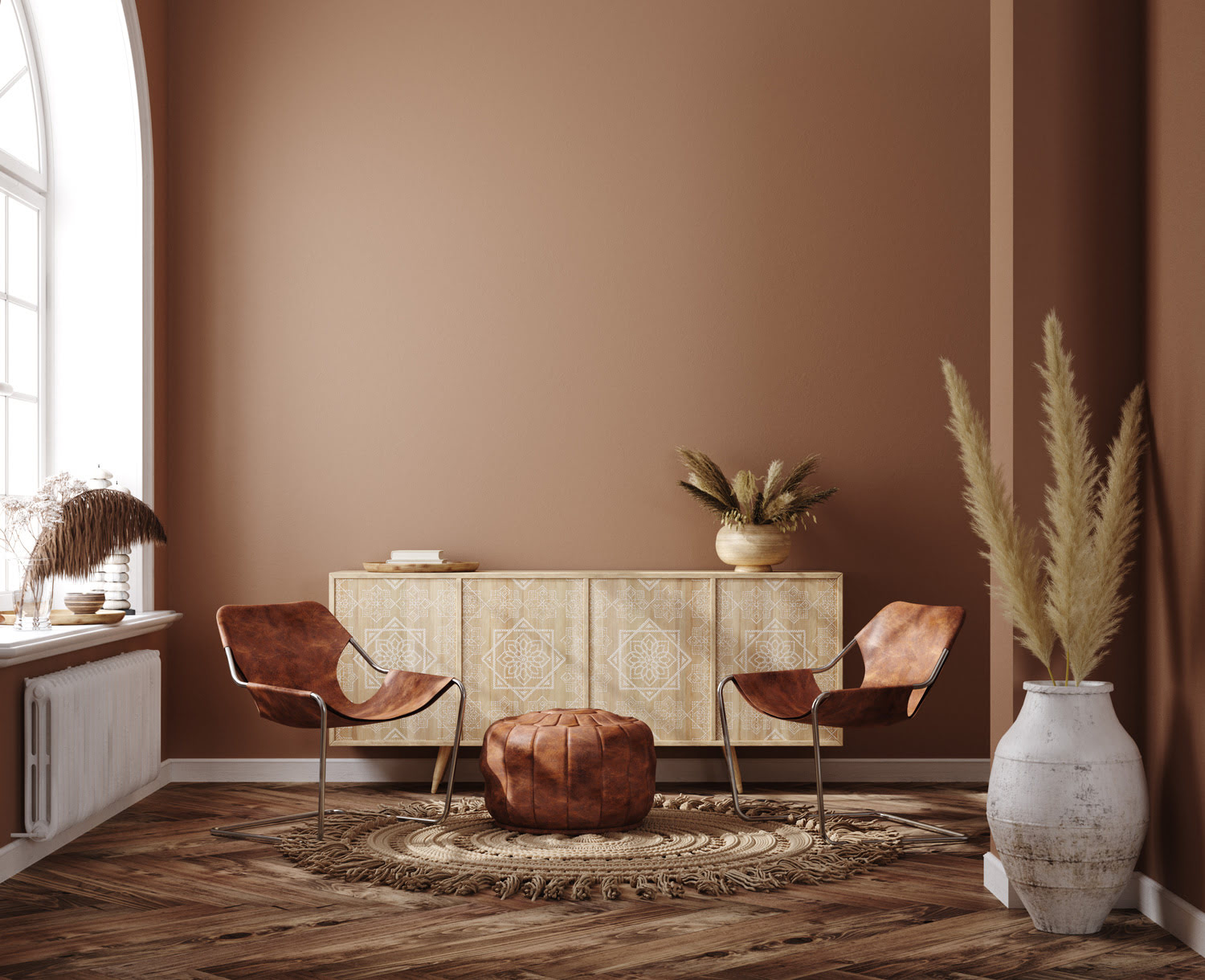

0 thoughts on “What Color Is Taupe? How To Use This Color”